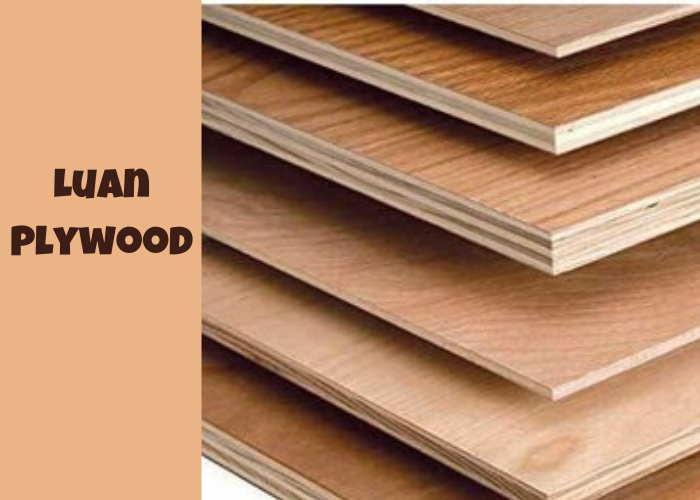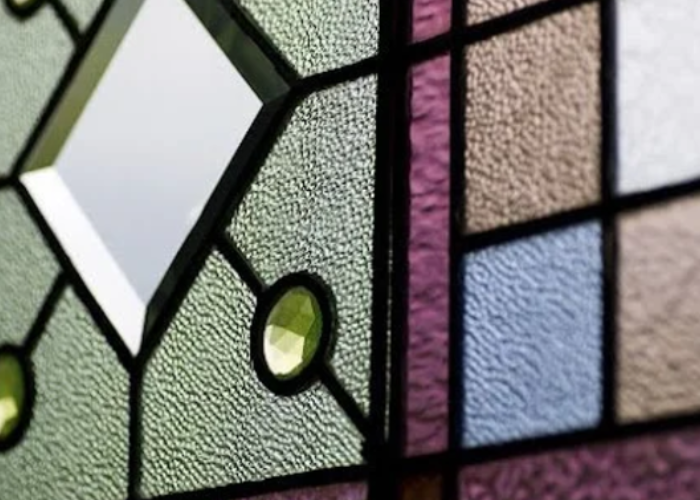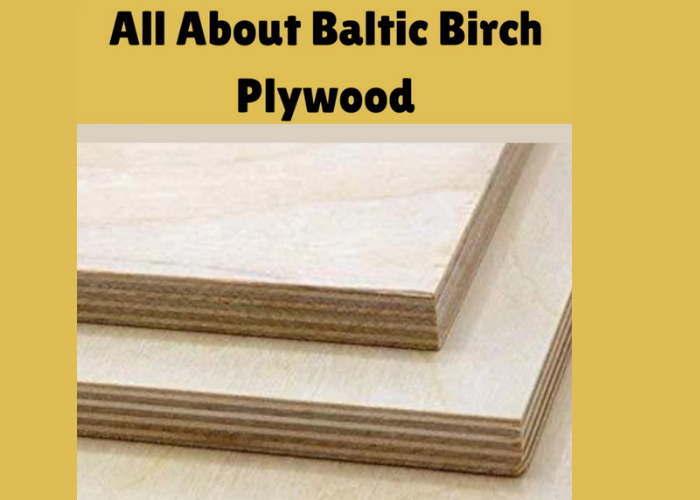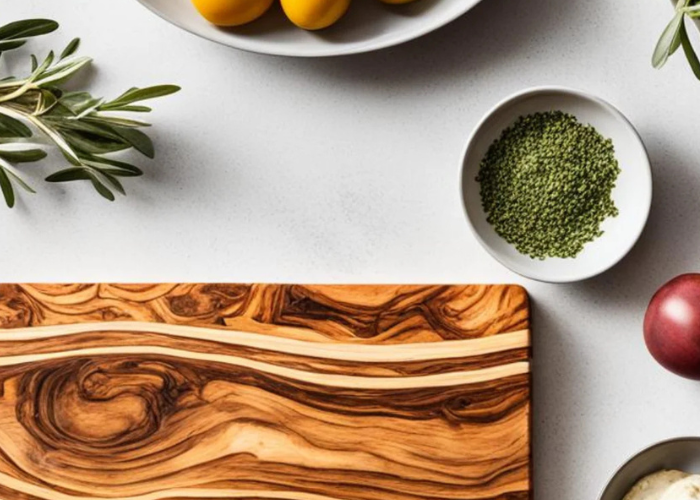Introduction
Luan plywood, often referred to as Lauan plywood, is a versatile building material that has gained popularity in various construction and woodworking projects. In this article, we will explore the many uses and benefits of luan plywood, discussing its composition, applications, and why it’s a preferred choice among builders and craftsmen.
What Is Luan Plywood?
Luan plywood is a type of plywood that is crafted from the wood of the luan tree, which is native to Southeast Asia. The tree’s scientific name is Shorea spp., and it belongs to the Dipterocarpaceae family. Luan plywood is known for its lightweight yet durable properties, making it an excellent choice for a wide range of applications.
Composition of Luan Plywood
Luan plywood is a type of plywood composed of thin layers or plies of wood veneer obtained from the luan tree, native to Southeast Asia. The luan tree, scientifically known as Shorea spp. and belonging to the Dipterocarpaceae family, provides the raw material for this versatile building material.
The manufacturing process of luan plywood involves stacking these thin layers of wood veneer in a crisscross pattern and bonding them together using adhesive resins. This unique layering and bonding technique contribute to the plywood’s remarkable strength and stability.
In many cases, the outer layers of luan plywood are carefully sanded to create a smooth and even surface. This smoothness makes it an ideal choice for various finishing applications, ensuring that the end result is both visually appealing and functional.
Luan plywood’s composition of bonded wood veneer layers, along with its lightweight nature, is what makes it an attractive and practical choice for a wide range of construction and woodworking projects. Its affordability and ease of customization further add to its appeal among builders and craftsmen.
Variety of Grades of Luan Plywood
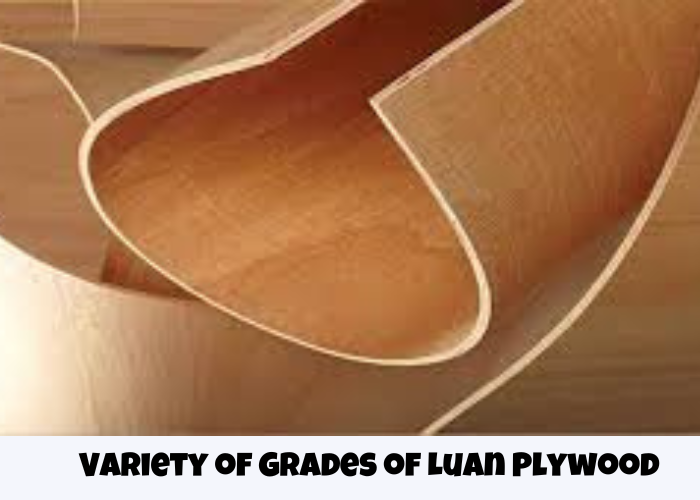
Luan plywood comes in a variety of grades, each with its own set of characteristics and suitability for specific applications. These grades are typically denoted as A, B, C, and D, with Grade A being the highest quality and Grade D having more imperfections. Let’s explore the differences between these grades:
1. Grade A
Grade A luan plywood is the highest quality among the available grades. It features a smooth and nearly flawless surface with minimal imperfections. This grade is ideal for applications where appearance matters significantly. Craftsmen and builders often choose Grade A luan plywood for projects that require a pristine finish, such as fine furniture, cabinetry, and decorative elements. It provides an elegant and polished look to the end product.
2. Grade B
Grade B luan plywood is of good quality and is characterized by a surface that may have some slight imperfections, such as minor knots or patches. While it may not be as flawless as Grade A, Grade B plywood is still suitable for applications where appearance is important but not critical. It is commonly used in interior wall paneling and furniture construction, providing a cost-effective option with acceptable visual appeal.
3. Grade C
Grade C luan plywood exhibits more imperfections than Grades A and B. It may have knots, patches, or irregularities on its surface. Grade C plywood is often chosen for structural applications where aesthetics are less important. It is used for projects that require strength and stability rather than a polished appearance, such as subflooring or sheathing.
4. Grade D
Grade D luan plywood is the lowest grade and typically has the most imperfections. It may contain larger knots, voids, and surface irregularities. Grade D plywood is primarily used for applications where structural integrity is the primary concern, and appearance is of little consequence. It is commonly used as underlayment for flooring and as a sheathing material in construction projects.
The choice of grade depends on the specific requirements of the project. While Grades A and B are preferred for applications where aesthetics matter, Grades C and D excel in situations where strength and durability are the primary considerations. Builders and craftsmen select the appropriate grade of luan plywood based on the intended use and budget constraints, ensuring that the material aligns with the project’s goals and requirements.
Key Features of Luan Plywood
Lightweight: Luan plywood is exceptionally lightweight, making it easy to handle, transport, and work with. Its reduced weight is especially advantageous when compared to other types of plywood or solid wood.
Affordability: One of the standout features of luan plywood is its cost-effectiveness. It provides a budget-friendly alternative for various construction and woodworking projects, allowing builders to achieve their goals without breaking the bank.
Easy to Work With: Luan plywood is known for its ease of manipulation. It can be cut, shaped, and customized with relative simplicity, making it a preferred choice for both DIY enthusiasts and professional craftsmen. This ease of workability translates to quicker and more efficient project completion.
Smooth Surface: The outer layers of luan plywood are often sanded to perfection, resulting in a smooth and even surface. This feature makes it ideal for finishing applications where a polished appearance is desired. Whether you plan to paint, stain, or veneer the plywood, its smooth surface ensures a professional and refined finish.
These key features collectively make luan plywood a popular and practical choice in the world of construction and woodworking. Its lightweight nature, affordability, ease of use, and smooth finish combine to offer versatility and value, making it a preferred material for a wide range of applications.
Applications of Luan Plywood
Luan plywood, known for its versatility and affordability, finds extensive use in various construction and woodworking projects. Its lightweight yet durable properties make it a popular choice among builders and craftsmen. Let’s explore some common applications:
1. Interior Wall Paneling
Luan plywood is often employed for interior wall paneling. Its smooth surface and cost-effectiveness make it an excellent choice for creating clean and polished wall surfaces in homes, offices, and other interior spaces.
2. Cabinetry
Craftsmen frequently turn to luan plywood when constructing cabinets. Its ease of customization and finishing options make it an ideal material for crafting functional and aesthetically pleasing storage solutions.
3. Furniture
Luan plywood is a preferred material for crafting furniture pieces such as tables, chairs, and bookshelves. Its lightweight nature simplifies the construction process, and the smooth surface allows for easy painting or staining to match various interior decors.
4. Ceilings
In some architectural designs, luan plywood is used to create visually appealing and unique ceiling designs. Its versatility allows builders and designers to experiment with different ceiling patterns and finishes.
5. Doors
Luan plywood is also utilized in the production of interior doors. Its durability and versatility make it an excellent choice for creating doors that withstand everyday use while maintaining an attractive appearance.
6. Decorative Panels
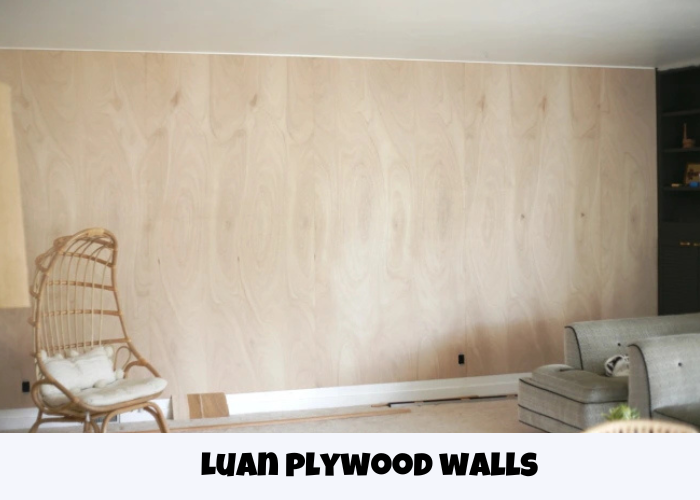
Luan plywood’s smooth surface and affordability make it a popular choice for crafting decorative panels. These panels can be used to enhance the aesthetics of interiors, adding elegance and style to walls, ceilings, and other surfaces.
7. Model Building
Due to its ease of cutting and shaping, luan plywood is often used in model building for architectural, engineering, and hobbyist projects. Its versatility allows for the creation of intricate and detailed models.
8. Underlayment
In flooring projects, luan plywood can serve as an underlayment material, providing a smooth and level surface for the installation of various flooring types, such as vinyl or laminate.
9. Backdrop and Stage Design
The lightweight nature of luan plywood makes it suitable for creating backdrops and stage designs in theaters, events, and exhibitions. Its smooth surface allows for easy painting and customization to suit the desired theme.
These diverse applications highlight the adaptability of luan plywood in various construction and creative endeavors. Whether you’re aiming to enhance interior spaces, construct functional furniture, or embark on artistic projects, luan plywood proves to be a versatile and reliable building material.
Finishing Techniques for Luan Plywood
Luan plywood’s smooth and even surface provides an excellent canvas for a variety of finishing techniques, allowing you to achieve the desired appearance and protection for your projects. Whether you’re looking to enhance the aesthetics or add durability, here are some common finishing techniques for luan plywood:
1. Painting
Painting is a versatile way to finish luan plywood. You can use latex or oil-based paints, depending on your preferences and project requirements. Painting allows you to customize the color and style of the plywood, making it suitable for both decorative and functional applications. Ensure that you prepare the surface by sanding and priming before applying paint for the best results.
2. Staining
Staining is an excellent choice if you want to showcase the natural grain and texture of the luan plywood while adding color and protection. There are various stain colors available, allowing you to achieve a rich and warm finish. Before staining, ensure the plywood surface is clean and smooth. Applying a clear finish or sealant over the stain can enhance durability and protection.
3. Veneering
Veneering involves applying a thin layer of decorative wood veneer to the surface of the luan plywood. This technique allows you to achieve a high-end, wood-grain appearance that can mimic expensive hardwoods. Veneering is commonly used in furniture making and cabinetry to achieve a sophisticated and elegant finish.
4. Clear Finish
For a natural and transparent finish that highlights the luan plywood’s grain and color, consider using a clear finish. Options include polyurethane, varnish, or shellac. Clear finishes not only add a protective layer but also enhance the wood’s beauty. Multiple coats may be applied for increased durability.
5. Lacquering
Lacquering provides a smooth and glossy finish to luan plywood. It is often used for furniture and decorative pieces, giving them a polished and elegant appearance. Lacquering requires careful application and may involve sanding between coats to achieve a flawless finish.
6. Sealing and Waterproofing
In applications where moisture resistance is essential, such as in bathrooms or kitchens, sealing and waterproofing are crucial finishing techniques. Water-based sealers and waterproofing products create a protective barrier that prevents moisture penetration and damage to the plywood.
7. Oil Finishes
Linseed oil and tung oil are examples of natural oil finishes that can be used to enhance the luan plywood’s appearance and protect it from moisture and wear. These finishes offer a natural and matte look while providing durability.
8. Waxing
Waxing is a simple and traditional finishing technique that can be used to achieve a subtle sheen on luan plywood surfaces. Beeswax or commercial furniture wax is applied and buffed to create a smooth and lustrous finish.
Before applying any finishing technique, it’s essential to prepare the luan plywood surface by sanding it to ensure it is smooth and free from imperfections. Additionally, follow the manufacturer’s instructions for the chosen finish to achieve the best results. The choice of finishing technique will depend on your project’s aesthetic goals and functional requirements.
Advantages of Using Luan Plywood
Luan plywood offers a multitude of advantages, making it a favored choice among builders and craftsmen for various construction and woodworking projects. Let’s explore the key benefits of using Luan plywood:
1. Versatility
Luan plywood’s versatility is one of its standout features. It can be used in an array of applications, ranging from decorative elements to functional structures. Whether you’re working on interior wall paneling, cabinetry, furniture, or ceiling designs, luan plywood can adapt to your project’s needs.
2. Cost-Effective
One of the most significant advantages of luan plywood is its affordability. It provides an economical option for builders and homeowners alike, enabling them to complete projects within budget constraints without compromising on quality. Its cost-effectiveness extends to both material acquisition and ease of installation.
3. Durability
Despite its lightweight nature, luan plywood is surprisingly durable when used appropriately. It can withstand everyday wear and tear, making it a reliable choice for long-lasting applications. Proper maintenance further extends its lifespan, ensuring years of dependable performance.
4. Ease of Finish
Luan plywood’s smooth and even surface allows for effortless finishing. Whether you intend to paint, stain, or apply veneer, this plywood accommodates various finishing techniques with remarkable ease. The result is a polished and professional appearance that enhances the aesthetics of your projects.
5. Customization
Craftsmen appreciate luan plywood for its ease of cutting, shaping, and customization. It adapts well to intricate designs and specific project requirements. This flexibility grants builders the freedom to bring their creative visions to life, resulting in unique and tailored outcomes.
6. Lightweight
Luan plywood’s lightweight nature simplifies handling, transportation, and installation. It reduces the physical strain associated with construction and woodworking tasks, allowing for greater efficiency and ease of use on job sites.
7. Availability
Luan plywood is readily available in various thicknesses, making it accessible for a wide range of applications. Whether you need thin panels for wall coverings or thicker sheets for furniture construction, you can find the appropriate luan plywood option to suit your needs.
8. Environmental Considerations
Depending on the source and manufacturer, luan plywood can be sourced responsibly, with certifications like FSC (Forest Stewardship Council) ensuring sustainable and eco-friendly production practices.
Luan plywood’s versatility, cost-effectiveness, durability, ease of finishing, and customization options make it a practical and valuable choice for construction and woodworking projects. Whether you’re a professional builder or a DIY enthusiast, luan plywood’s advantages contribute to successful and satisfying project outcomes.
Thickness Options of Luan Plywood
Luan plywood is available in various thickness options, allowing builders and craftsmen to select the most suitable sheet thickness for their specific projects. The choice of thickness is a critical consideration as it directly impacts the plywood’s strength, durability, and suitability for different applications. Here are some common thickness options for Luan plywood:
1. 1/8-inch (3.175 mm)
Luan plywood with a thickness of 1/8-inch is one of the thinnest options available. It is exceptionally lightweight and flexible, making it ideal for applications where minimal weight is crucial. This thickness is commonly used for interior wall paneling, lightweight cabinetry, and projects that require veneer or backing material. While it is not as structurally robust as thicker options, it excels in decorative and non-load-bearing applications.
2. 1/4-inch (6.35 mm)
Luan plywood with a thickness of 1/4-inch strikes a balance between strength and weight. It is a versatile choice suitable for a wide range of applications. Builders often use 1/4-inch luan plywood for interior wall paneling, cabinet backs, furniture construction, and lightweight structural elements. Its increased thickness compared to 1/8-inch provides added stability and durability.
3. 3/8-inch (9.525 mm)
Luan plywood with a thickness of 3/8-inch is a slightly thicker option that offers enhanced structural integrity. It is frequently chosen for applications where additional strength is necessary, such as subflooring, underlayment for flooring materials, and some furniture construction. The added thickness provides improved load-bearing capacity while maintaining a manageable weight.
4. 1/2-inch (12.7 mm)
Luan plywood with a thickness of 1/2-inch is considered a medium thickness option. It is well-suited for projects that require increased strength and stability, such as the construction of shelving, tabletops, and more substantial furniture pieces. This thickness is also used for some structural applications where a balance between weight and strength is essential.
5. 3/4-inch (19.05 mm)
Luan plywood with a thickness of 3/4-inch is among the thickest options available. It is chosen for heavy-duty applications, including the construction of sturdy furniture, heavy shelving, and structural components that require significant load-bearing capacity. This thickness provides exceptional strength and durability but adds more weight to the finished project.
The choice of Luan plywood thickness should align with the specific requirements and demands of your project. Thinner sheets are suitable for lightweight and decorative purposes, while thicker options offer increased strength for load-bearing applications. Careful consideration of the intended use and structural needs will guide you in selecting the appropriate thickness of Luan plywood for your construction or woodworking project.
Also read: Is Wenge Wood Worth the Hype? Revealing Its Properties
Storage and Handling of Luan Plywood
Proper storage and handling of Luan plywood are essential to maintain its quality and ensure that it remains in excellent condition for your construction or woodworking projects. Here are some important guidelines to follow:
1. Storage Location
Store Luan plywood in a dry, well-ventilated area. Moisture is the enemy of plywood, and exposure to excessive humidity can cause warping, swelling, or delamination.
Ensure that the storage area is free from leaks, water damage, or direct exposure to rain or other sources of moisture.
Keep the plywood sheets elevated off the ground to prevent them from coming into contact with moisture or dirt. You can use wooden pallets or similar supports for this purpose.
2. Stacking
When stacking Luan plywood sheets, make sure they are placed flat and level. Avoid leaning or tilting them, as this can lead to warping.
Use stickers or spacers between sheets to allow air circulation and prevent sticking or adhesive transfer between sheets.
Avoid stacking too many sheets on top of each other, as excessive weight can cause deformation.
3. Protection from Sunlight
Keep Luan plywood away from direct sunlight, as prolonged exposure to UV rays can lead to discoloration and degradation of the adhesive used in the plywood’s construction.
4. Temperature Control
Maintain a stable temperature in the storage area. Extreme temperature fluctuations can cause the plywood to expand and contract, leading to warping or delamination.
Avoid storing plywood in areas prone to extreme heat or cold, such as attics or unheated sheds.
5. Handling Precautions
Handle Luan plywood with care to prevent damage. Avoid dropping sheets or subjecting them to rough handling.
Lift and carry plywood sheets using proper lifting techniques and with the assistance of another person if necessary, especially for larger and heavier sheets.
Be mindful of the edges and corners, as they are more vulnerable to damage.
6. Protection from Dust and Debris
Cover Luan plywood sheets with plastic sheets or drop cloths to protect them from dust and debris when not in use. This helps maintain a clean surface for finishing or installation.
7. Regular Inspection
Periodically inspect stored plywood for any signs of damage, warping, or moisture-related issues. Address any problems promptly to prevent further deterioration.
By following these storage and handling guidelines, you can ensure that your Luan plywood remains in optimal condition, ready for use in your construction or woodworking projects. Proper care and maintenance of the plywood will contribute to the successful completion of your endeavors.
Conclusion
In conclusion, luan plywood is a valuable building material that offers a wide range of advantages. Its affordability, lightweight nature, and versatility make it a top choice for many construction and woodworking projects. Whether you’re planning to panel your walls, build furniture, or create unique ceiling designs, luan plywood is a reliable option.
Frequently Asked Questions (FAQs)
1. Is luan plywood suitable for outdoor applications?
Luan plywood is primarily designed for indoor use. It is not recommended for outdoor projects as it is not as weather-resistant as other types of plywood.
2. Can I stain luan plywood to match my interior decor?
Yes, luan plywood can be stained to achieve the desired color and finish that matches your interior decor.
3. What are the typical thickness options for luan plywood?
Luan plywood is available in various thicknesses, with 1/8-inch, 1/4-inch, and 3/8-inch being some of the common options.
4. Is luan plywood environmentally friendly?
The sustainability of luan plywood can vary depending on the source. It’s advisable to check for certifications like FSC (Forest Stewardship Council) when purchasing to ensure responsible sourcing.
5. Can luan plywood be used for flooring?
Luan plywood is not recommended for flooring applications as it may not provide the required structural support and durability for high-traffic areas.
Also read: Ash Wood: Discover Its Secrets!

